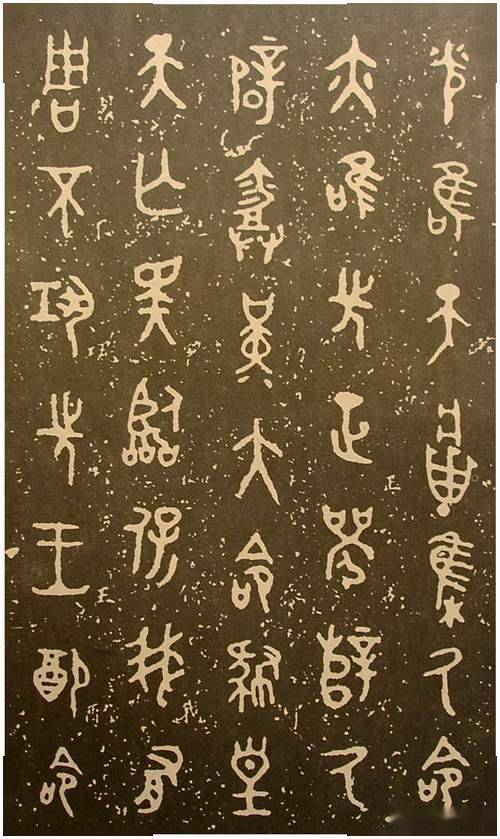Author:子琼 | 2025-03-21 | Views:39

Seal Script (篆书, Zhuànshū) is the Rosetta Stone of Chinese calligraphy. Emerging during China’s Bronze Age (1600–221 BCE), it predates the Parthenon’s construction and coexisted with Mesopotamian cuneiform. But while other ancient scripts faded, Seal Script became the DNA of East Asian writing systems.
Historical Significance
Developed for casting inscriptions on ritual bronzes and royal seals, Seal Script’s symmetrical, angular forms reflect early Chinese cosmology. The legendary Stone Drums of Qin (秦石鼓文), carved with hunting poems around 770 BCE, are often called China’s first stone library. Interestingly, while the Greeks were etching the Linear B script onto clay tablets, Chinese scribes were perfecting characters that would unify a continent.
Artistic Nuances
● Bronze Casting: Characters were first carved into clay molds before molten bronze filled them—a process requiring precision akin to Swiss watchmaking.
● Mythical Motifs: Some characters resemble animals, like the taotie (饕餮), a gluttonous beast symbolizing power and protection.
Modern Revival
In 2023, archaeologists used AI to decode a newly discovered Zhou Dynasty bronze vessel, revealing Seal Script recipes for ceremonial wine. Meanwhile, luxury brands like Shanghai Tang have reimagined Seal Script for jewelry collections, with characters like “eternity” (永) becoming pendants worn from Paris to Tokyo.
Global Parallel: The British Museum’s Chinese Seal Script vs. Egyptian Hieroglyphs exhibit (2022) drew crowds by comparing how both cultures turned writing into divine art.